Now Reading: 11 Things to Know Before Buying your Dream New Car
-
01
11 Things to Know Before Buying your Dream New Car
11 Things to Know Before Buying your Dream New Car

Buying your dream new car is an exciting milestone, but it’s a decision that requires careful thought and planning. A new car represents more than just a mode of transport—it’s an investment in convenience, comfort, and lifestyle. From selecting the right model to evaluating your budget and future costs, there are several factors to weigh before you make a purchase. Whether it’s a sleek sedan, a spacious SUV, a hybrid eco-friendly car or electric cars understanding your needs and doing thorough research can save you from buyer’s remorse. This guide outlines the key considerations to help you make a confident, informed decision about new car.
Here’s a comprehensive checklist of things to care about before buying a new car:
1. Determine Your Needs for a new car 🚗
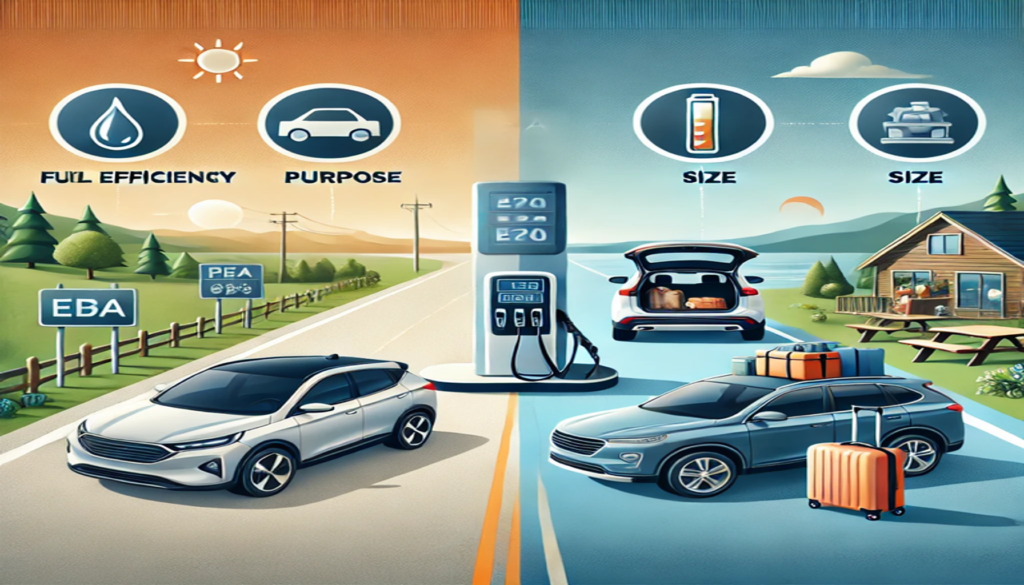
• Purpose: Is the new car for daily commuting, long trips, family use, or off-road adventures?
• Size and Space: Do you need a compact new car, a sedan, an SUV, or a truck? Consider passenger capacity and cargo space.
• Fuel Efficiency: Choose based on your driving habits—city or highway—and fuel costs in your area.
• Features: Decide on essentials like safety features, infotainment systems, and comfort options in new car.
2. Set Your Budget 🪙
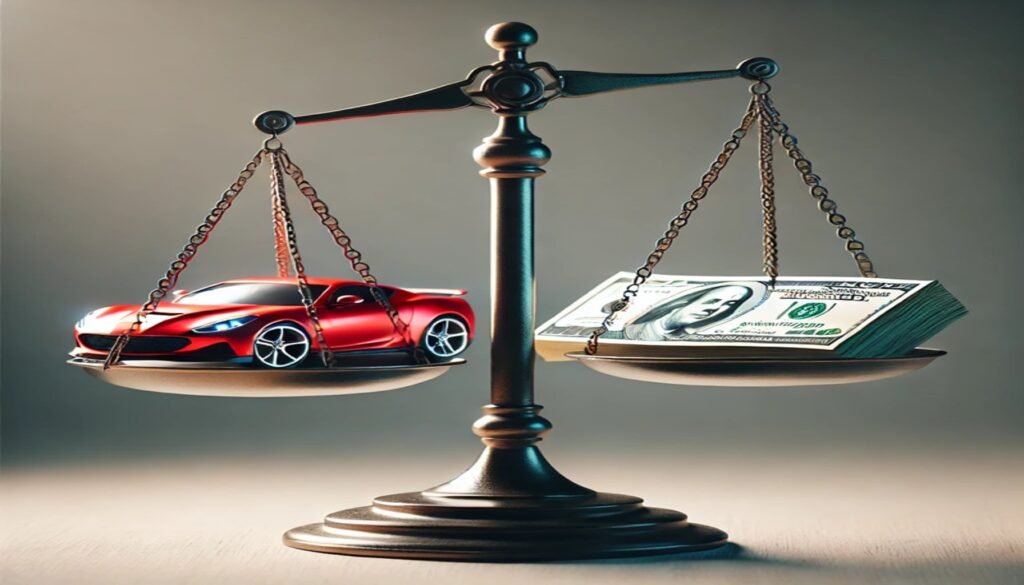
• Initial Cost: Include taxes, registration fees, and insurance in your budget.
• Maintenance Costs: Research the car’s reliability and service expenses.
• Financing: If taking a loan, compare interest rates and monthly payments to ensure affordability.
3. Research Thoroughly 🔍
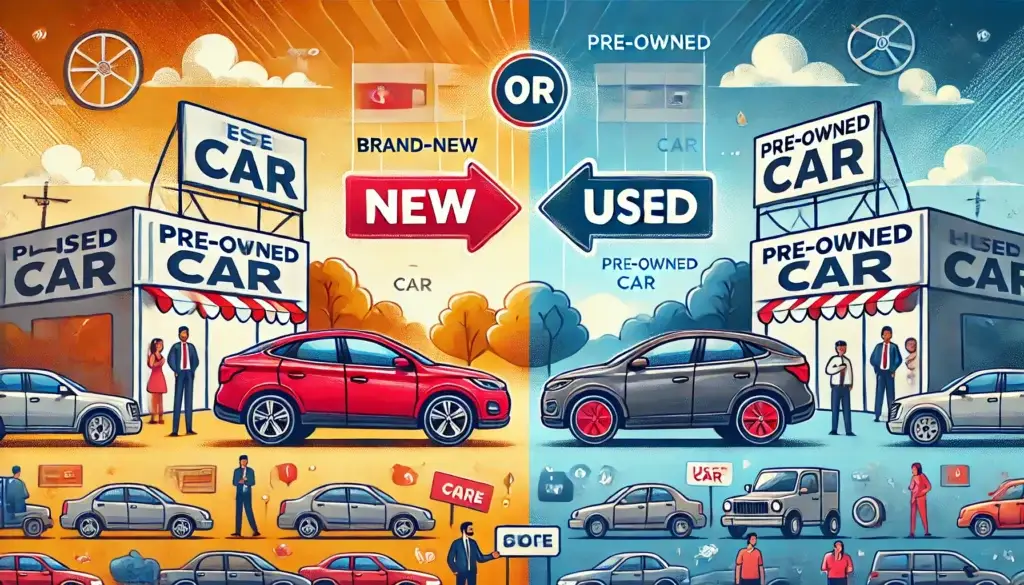
• Old vs New Car: Based on your budget and preferences, decide if you want a brand-new car or a pre-owned vehicle. Here is a comparison between old vs new car.
| Aspect | New Car | Used Car |
| Cost | Higher initial costs include taxes and fees. | Lower upfront cost, but may require more maintenance. |
| Warranty | Comes with a manufacturer’s warranty for peace of mind. | Higher initial costs include taxes and fees. |
| Condition | Brand new, no wear and tear. | Varies—may have signs of use or hidden issues. |
| Technology | Latest features and technology, including safety updates. | Older models may lack modern technology and safety features. |
| Maintenance Costs | May not have a warranty unless certified pre-owned (CPO). | Lower maintenance costs initially; often included in the warranty. |
| Financing | Often lower interest rates for loans. | Higher interest rates due to increased risk for lenders. |
4. Check Vehicle History (For Used Cars)
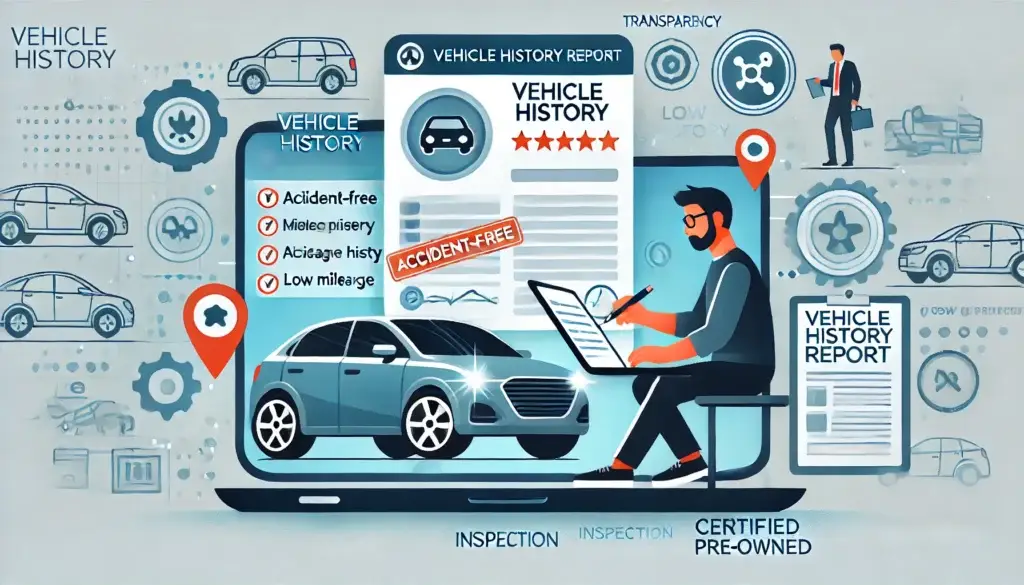
• Vehicle Identification Number (VIN): Use the VIN to check accident history, ownership records, and maintenance logs of used cards.
• Mileage: Ensure the mileage aligns with the car’s age. A high-mileage car may have more wear and tear of used cars.
• Inspection: Have a trusted mechanic inspect the vehicle for hidden issues.
5. Test Drive
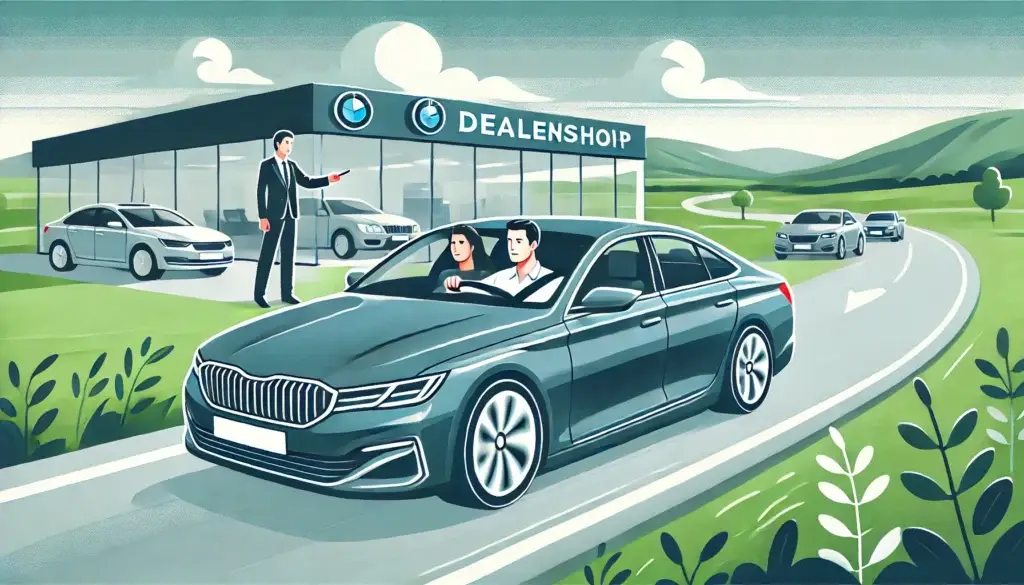
• Comfort: Check seating, driving position, and overall ergonomics.
• Performance: Evaluate acceleration, braking, and handling.
• Noise Levels: Listen for unusual engine or cabin noises.
• Visibility: Ensure you have good visibility from the driver’s seat.
6. Compare Insurance Costs
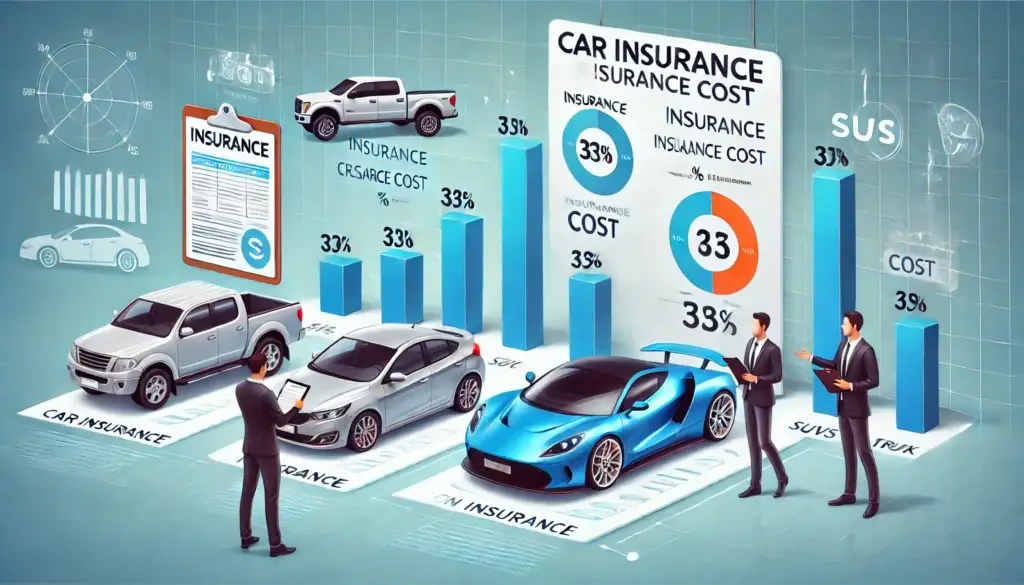
• Premiums: Insurance costs vary by car model, make, and your driving history.
• Coverage: Ensure you get sufficient coverage at a competitive rate.
7. Consider Fuel Type
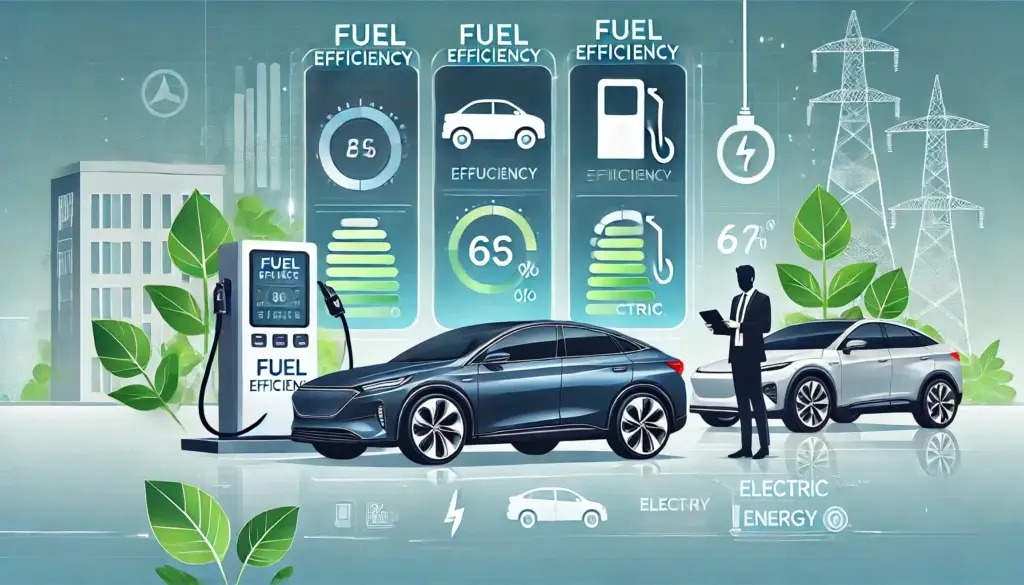
• Gasoline, Diesel, Hybrid, or Electric Cars: Each has its pros and cons in terms of cost, efficiency, and environmental impact. Electric cars offer eco-friendly transportation with zero tailpipe emissions, lower operating costs, reduced dependence on fossil fuels, quieter rides, government incentives, and advanced technology for enhanced driving efficiency and sustainability.
• Charging Stations: For electric cars, ensure charging infrastructure is accessible in your area.
8. Evaluate Ownership Costs
• Maintenance and Repairs: Some cars have higher upkeep costs than others.
• Fuel Costs: Calculate the estimated fuel expense based on average miles driven.
• Spare Parts Availability: Ensure spare parts are readily available for the car you choose.
9. Warranty and After-Sales Service
The warranty provided by a manufacturer is a critical aspect of car ownership. It ensures peace of mind and financial protection in case of mechanical failures or manufacturing defects. Here’s what to consider:
(a). Length of the Warranty:
• Standard warranties typically range from 3 to 5 years or 36,000 to 60,000 miles, whichever comes first. Some brands offer extended or even 10-year warranties on specific components, such as the powertrain.
(b). Coverage:
• Understand what is included in the warranty—common areas are the engine, transmission, electrical systems, and sometimes routine maintenance (oil changes, tire rotations). Check for exclusions (e.g., wear-and-tear parts like tires or brake pads).
(c). Transferability:
• If you’re buying a used car, confirm if the warranty is transferable to new owners. Certified Pre-Owned (CPO) vehicles often come with additional warranty coverage.
(d). Extended Warranty:
• Consider purchasing an extended warranty if you plan to keep the car beyond the standard coverage period. It can help with unexpected repair costs.
10. Negotiate and Finalize

• Price Negotiation: Be prepared to negotiate the price or request additional perks like free services, accessories, or extended warranties for new car.
• Payment Method: Decide whether to pay in full or opt for financing.
• Read the Contract: Carefully review all terms, including hidden fees or clauses.
11. Eco-friendly Car 🌍
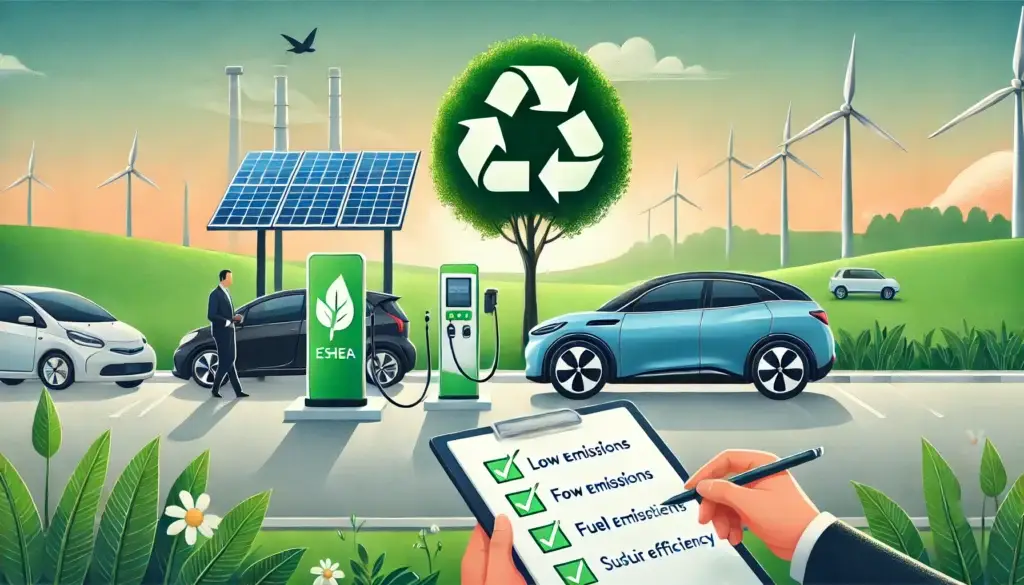
• Emissions: Check the car’s environmental impact.
• Tax Benefits: Some eco-friendly cars qualify for government incentives.
Buying your dream car is a journey that combines excitement with responsibility. By considering your needs, budget, warranty, maintenance costs, and insurance, you ensure your purchase aligns with your lifestyle and financial goals. Researching thoroughly, test-driving, and evaluating long-term ownership costs will help you avoid surprises. Remember, your dream car should not only reflect your personality but also provide reliability, comfort, and value over time. With thoughtful planning and informed decisions, you’ll drive away with a vehicle that brings joy and satisfaction for years to come. Let me know if you need help with a specific aspect of buying a car!


